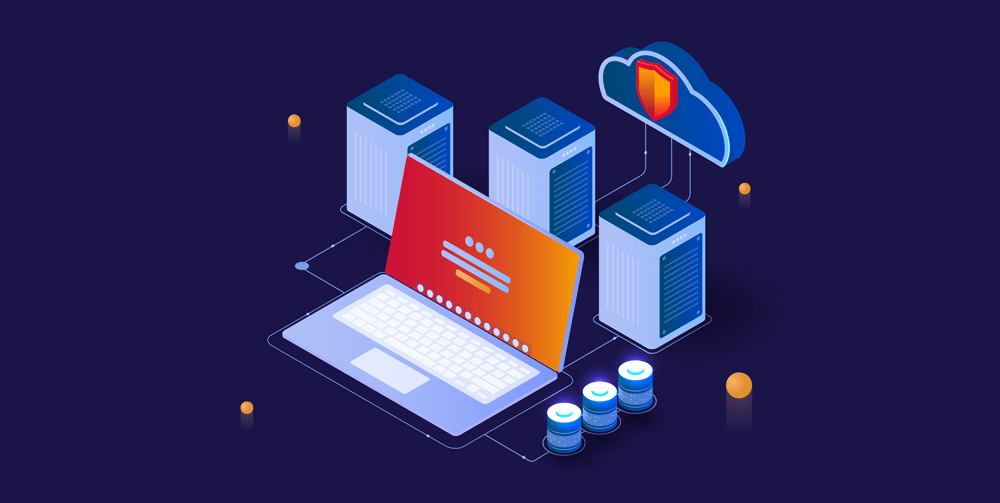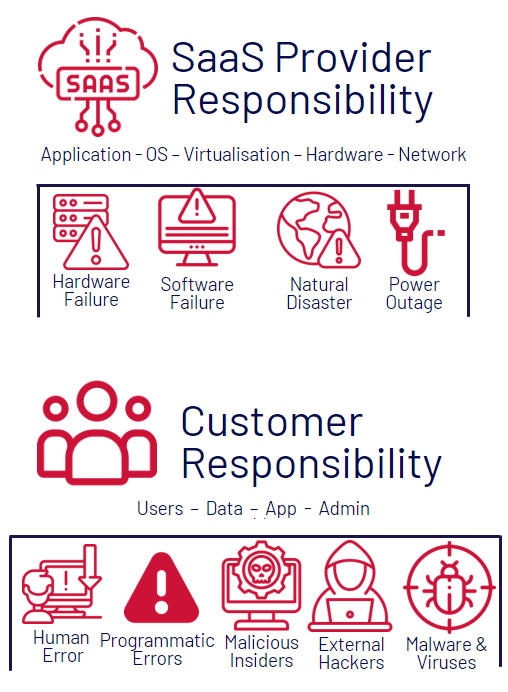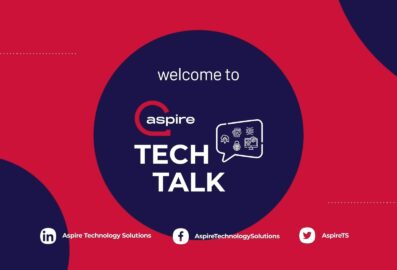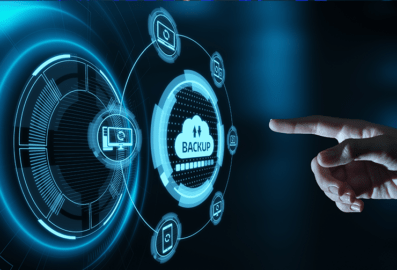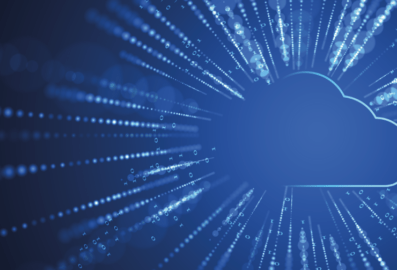Third-party SaaS protection solutions are becoming an increasingly essential component of a business’s public cloud stack due to the growing reliance on cloud-based software applications and the need to protect sensitive data stored in these applications. With the increasing adoption of SaaS applications like Microsoft’s Office 365 suite.
SaaS protection & shared responsibility
The amount of data stored in the cloud has grown significantly, making it crucial to have a robust backup and recovery solution in place to protect against data loss or breaches. Additionally, many businesses are also looking to meet compliance and regulatory requirements, which SaaS Protection can help with. As a result, SaaS Protection has become a vital aspect of a business’s overall IT strategy, ensuring that their data is protected and secure, and that they follow industry standards.
It has been found in an ESG market survey that a sizeable portion of the market, approximately 35%, mistakenly believes that their SaaS vendor is fully responsible for data protection and recovery, when it is the responsibility of the organisation (you) to ensure their data is protected and recoverable.
The shared responsibility models of SaaS vendors such as Microsoft, clearly outline that while they are responsible for the availability of the service, it is the responsibility of the organization (You) to ensure that their data is protected and recoverable, with only around 13% of Businesses fully understanding that SaaS protection is the responsibility of the organization itself from the same survey.
The Shared Responsibility Model is a security framework that defines the responsibilities of cloud service providers (CSPs) and their customers in protecting cloud infrastructure, applications, and data.
In this model, CSPs are responsible for securing the underlying cloud infrastructure, such as the physical servers, storage, and networking, as well as the software and services provided by the cloud platform, such as virtual machines, databases, and load balancers.
In this instance below is a depiction of the shared responsibility model with SaaS solutions, showing both provider and customer responsibilities.
